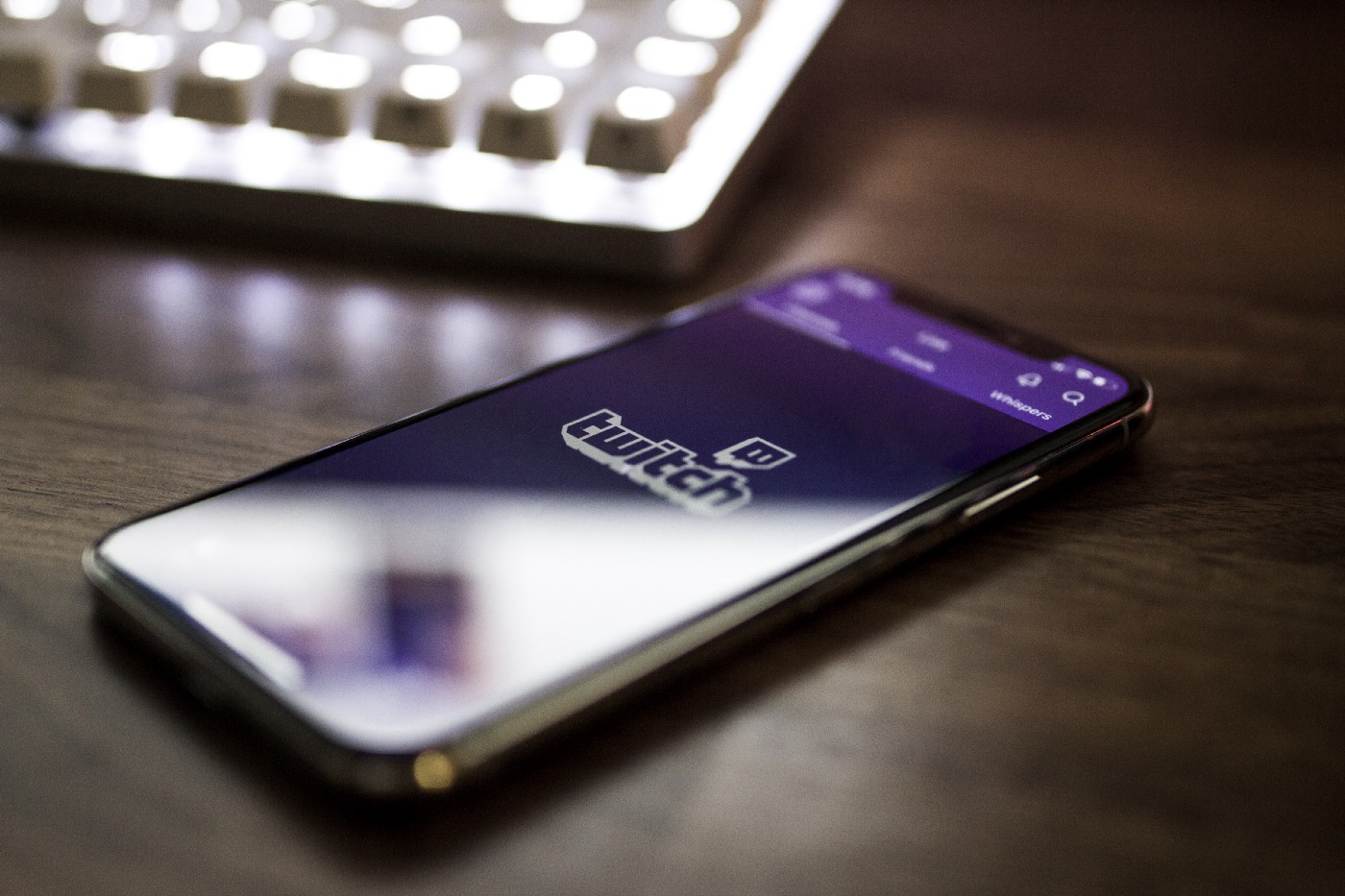Building Products ft. Hello, Startup
Building Products ft. Hello, Startup
A book commonly recommended to me lately has been Hello Startup and is considered the “Hello, World” tutorial for building products, technologies, and teams in a startup environment. After much urging from friends and colleagues, I decided it was finally time to pick it up.
Contrary to the title, this read doesn’t just apply for startups and contains valuable knowledge that is beneficial even to larger companies or even a solo developer working on a project.
With topics on coding, design, and more, there are many learnings — both technical and non-technical — to take away whether you’re brand new, seasoned, or even a manager.
I find the best way to retain new information is to put them to use — practice makes perfect! During this blog series, I’ll go over some practices and ideas we already have at Echobind, what we could start trying and demonstrate application on a real-world project.
The Project
I recently met Eric Harrison, a developer I encountered in a shared online community. After talking nearly every day, it didn’t take long for us to realize we both worked in the tech industry. In addition, we both work from home, so we had a good chat about life in the home office, school, and our experiences so far into our careers.
We discovered we each had a problem when it came to side projects, but for different reasons that complimented each other. He had ideas with low motivation, whereas I had motivation but very few ideas.
This lead us to talking about a project he’s had in development, which is a chatbot for Twitch called gaccha-bot. This works in a manner similar to opening loot boxes or trading card packs and receiving items at random. With this bot, stream viewers can “open” packs in chat, trade items, and even have a collection to show off to other viewers.

After an introduction to the project and the code, it seemed this would be the perfect project to work on while working through Hello Startup. There was no hesitation for me to jump at the opportunity to pair up with him and expand my knowledge.
IDEAS
Many people get discouraged when their first idea for something doesn't work out and I myself have experienced it.
“Ideas don’t just magically appear. They grow and evolve… Every single new, creative thing you’ve ever seen is just a mashup of ideas created before it.” — Yevgeniy Brikman | Hello, Startup
While what he says seems obvious, I, like others before me, let myself get so distracted by trying to create a brand new idea that’s never been done before that I become a blocker for myself.
In reality, all new ideas are just, as Yevgeniy would say, mashups of ideas that came before it. Google definitely wasn’t the first search engine and was a transformation of its predecessors. Although chatbots already exist, we are transforming gaccha-bot into something new through a combination of prior ideas and applying what we know about this type of service.
Limitations and Restrictions

When thinking of new ideas, it’s hard to keep yourself from thinking of all the possibilities and how it may evolve over time. It’s definitely exciting to think about! However, this can quickly get out of control and soon enough you lose sight of the original idea.
“A system with no constraints is like trying to keep 100 balls in the air: you can’t keep track of them all.” — Yevgeniy Brikman | Hello, Startup
Not only do constraints help you keep the original idea in focus, but it can also help if you're struggling to come up with any ideas at all.
One of the best ways to add constraints is to look ahead to where you want the idea to be regardless of how you get there and then work backward. By knowing what you’d like to accomplish — your constraint — you can then work in reverse to layout the steps necessary to reach the end.
If the end vision is hard to picture, there is another and possibly easier way to add constraints: Look for something that is painful that can be made better. This brings us to the next point:
Pain Points

When you can find an issue or pain point that could use a solution, you begin to have a clearer idea of what you’re trying to accomplish. This can greatly help narrow down your ideas.
If something irks you or you see someone having a problem, Yevgeniy encourages you to write it down! Even if you don’t know how to solve the problem yet, you may come across this same issue over and over, each time adding new thoughts to the problem.
Learning to identify and fix problems is a valuable skill to have. We are surrounded by tasks that are tedious or problems many are not willing to solve, and so it’s frequently met with a blind eye. However, if you’re the one willing to solve an issue for everyone else, this can result in having a valuable product or service on your hands.
A common pain point for many Twitch streamers is viewer retention. How do you get viewers to stay and watch the stream? Sure, the streamer is providing content with whatever they are streaming, but most times that isn’t enough, especially for the smaller channels.
Many viewers want an engaging experience with their streamer. If a steamer is brand new, they usually have more trouble retaining viewers. In the stream chat, gaccha-bot aims to get viewers engaged from the moment they tune in. After the viewer “opens” a pack they see a message announcing their new item — in some streams this could be Pokémon.
Like opening up a pack of trading cards, this is a fun experience and it’s exciting to see what you’ll get next! Viewers can trade and show off their collection which makes for an active chat, viewers getting excited, and the streamer sharing in the fun with them. A stream that a viewer may have quickly stopped watching may have now stuck around long enough to decide it’s a channel worth following.
Validating An Idea

Often times we think we have the next big idea that will wow everyone. In fact, the idea may already be in use today but you’re adding a slight twist to it. However, that slight twist may not be enough to generate interest or it may be entirely unpopular. The point is it’s essential to validate an idea to see how potential users may respond to it. As amazing as an idea may sound you can’t guarantee it will be a success.
“All of these folks are trying to do the same thing: validate their ideas in the market… That is, they are trying to test that their idea works, that they’ve identified a real problem, and that they can build a valuable business on top of it.” — Yevgeniy Brikman | Hello, Startup
To give the chatbot a test run, Eric had a select few streamers add it to their stream chat. From there he could see how people were using it, what they were saying, and so on all in real-time. With a timed message in the stream chat, viewers didn't take long to engage with the bot. There are now over 100 viewers interacting with the bot regularly across just a small handful of streams. This was a good indicator of how the bot was received by users and that it could be expanded into something more.
Talk To Real Users
When you talk to the users of your idea or product you tend to learn a lot about them and can determine if they are truly having a real problem, what the possible solutions are, and how much they'd be willing to pay for a solution. When it comes to pinpointing this information, it’s best not to be direct. People can be unsure of what they want or say they want something when they really want something else. I myself have been in this same situation. The best way to get to the underlying problem is through listening and observing. Let the user do the talking and narrow it down to what the primary issue is.
Many people have probably heard of the “5 Whys”. If you haven't heard of it, it’s a way of getting to the root of the problem instead of jumping straight to a solution. The best way to explain this is by using an example.

By asking why on each step, you continue to narrow down to the root of the problem and figure out what the real issue is. It may not always be “5 Whys”, but at the very least asking one time can be essential in discovering the problem.
Conclusion
In the next part of the series, we’ll talk about designing a product around ideas. Remember, this is only a fraction of the valuable information that can be found in this book and I highly recommend picking up your own copy for more in-depth explanations and examples.
Until next time!



